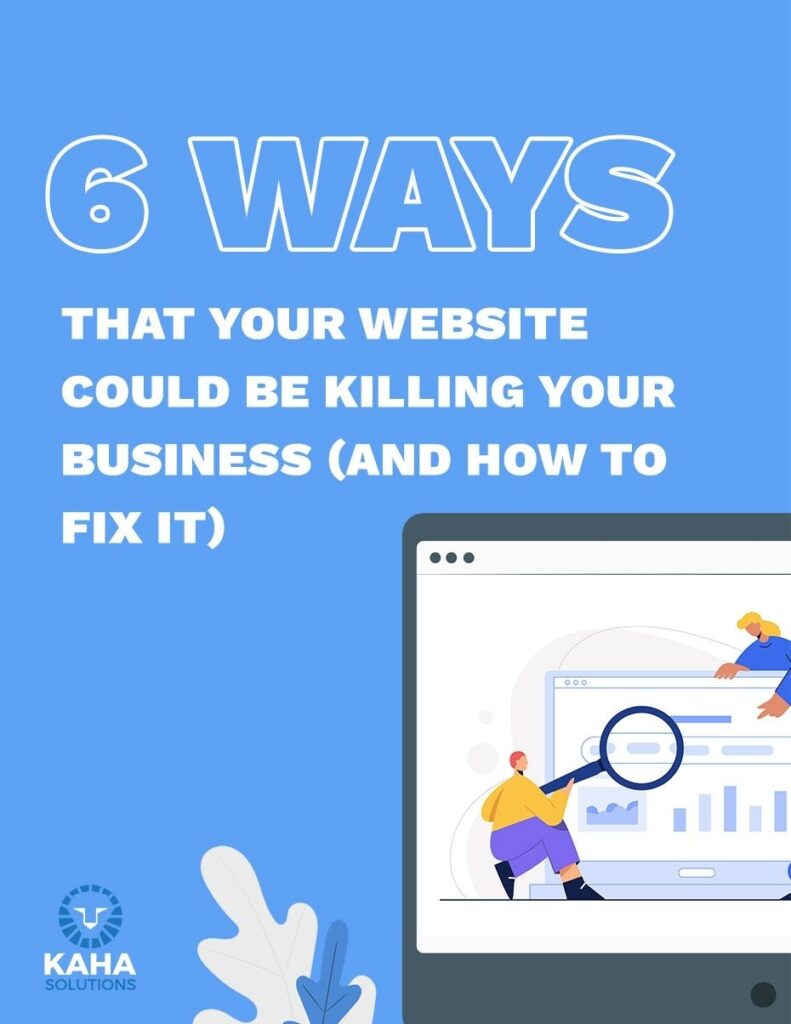Third-party cookies are increasingly becoming obsolete. We have lived with cookies all our digital life and there was no escaping them.
The world today is so digitally connected that it almost seems we practically live in the digital world for a much higher proportion of our daily lives than we do in the actual physical world.
Many business brands were using third-party cookies as a means of advertising digitally when information in a cookie on an internet users’ device would reveal pages visited. This enabled them to advertise their wares in the context of the preferences of the user.
This is now changing and changing really quickly. So, what is happening to third-party cookies? New regulations to bring in limitations on the use of third-party cookies are being introduced and these regulations are decreasing the ability of business brands in identifying future prospects or potential buyers of their wares. Targeted digital advertisements could be sent onto the browsers of these prospective buyers, but this is now being severely hampered.
Google and other Regulations
The CCPA or California Consumer Privacy Act, California’s Prop 24, and the GDPR or the European Union’s General Data Protection Regulation introduce limitations on the use of third-party cookies. Consequently, identifying prospective customers or potential buyers is now increasingly becoming difficult for brand advertisers. Advertisers just cannot use cookies now as they have before.
Google will most probably remove third-party cookie functionality from Chrome next year. It is reported that this functionality is already being blocked on the Safari and Firefox browsers by default.
The Solution
For any marketing business that wants to continue advertising digitally, the answer is social media.
Look at anybody on the bus, train or even a plane! In fact, in most cases, even a family sitting at their dining table spends less time praying together or eating; because one hand is inadvertently holding a phone while the other is shoving food into their mouths, occasionally.
Major social platforms always have a readily available logged-on audience and they readily reveal their PII or personally identifiable information to potential advertisers and businesses that can target them. These businesses do not need cookie-generated prospect identifications anymore.
It is true that social media has a captive audience identified by almost a perpetual usage of digital devices. In today’s world, this has become so common that it is nearly impossible to come across anyone who is not logged-on to their social media account.
Social Media is growing at a very rapid pace to cater to an increasing number of users and this will in-turn cater to an increasing number of businesses whether small, medium-sized or large. The customer life-cycle will be penetrated by marketing agencies and advertising companies with access to an ever-increasing range of easily usable automation tools created by social media platforms.
In Summary
Third-party cookie usage will soon be history.
Business brands should narrow down on their current customer segment, understand their customers relevant life-cycle, study their customers’ social media preferences and manage their advertising strategy; taking advantage of their customer’s “personally identifiable information which is readily available to them through social media platforms so ubiquitous today.


